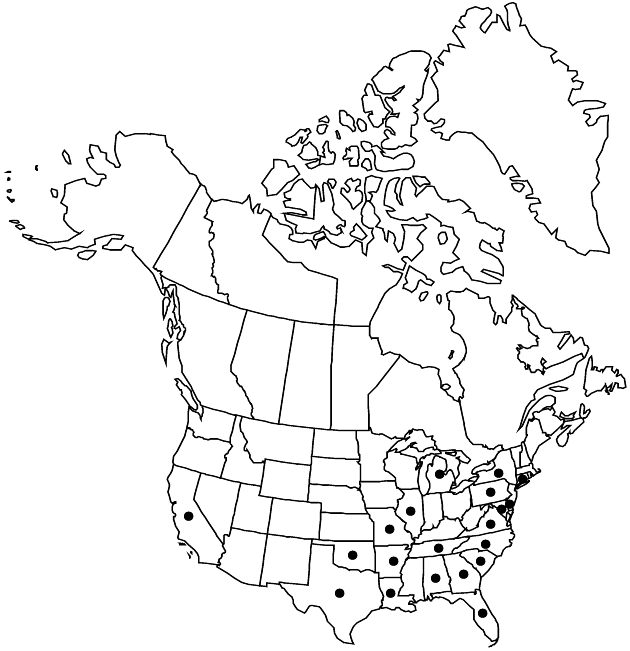Cosmos sulphureus
Icon. 1: 56, plate 79. 1791.
Plants 30–200 cm, glabrous or sparsely pilose to hispid. Leaves: petioles 1–7 cm; blades 5–12(–25) cm, ultimate lobes 2–5 mm wide, margins sparsely spinulose-ciliate, apices apiculate. Peduncles 10–20 cm. Calyculi of spreading-ascending, linear-subulate bractlets 5–7(–10) mm, apices acute; Involucres 6–10 mm diam. Phyllaries erect, oblong-lanceolate, 9–13(–18) mm, apices acute to rounded-obtuse. Ray corollas intensely yellow to red-orange, laminae obovate, 18–30 mm, apices ± truncate, denticulate. Disc corollas 6–7 mm. Cypselae 15–30 mm, usually hispidulous, rarely glabrous; pappi 0, or of 2–3 widely divergent awns 1–7 mm. 2n = 24, 48.
Phenology: Flowering summer–fall.
Habitat: Disturbed sites
Elevation: 0–1000 m
Distribution

Introduced; Ala., Ark., Calif., Conn., Del., Fla., Ga., Ill., La., Md., Mich., Mo., N.Y., N.C., Okla., Pa., S.C., Tenn., Tex., Va., Mexico, also introduced in West Indies, Central America, South America, Asia, Africa, Pacific Islands.
Discussion
Selected References
None.